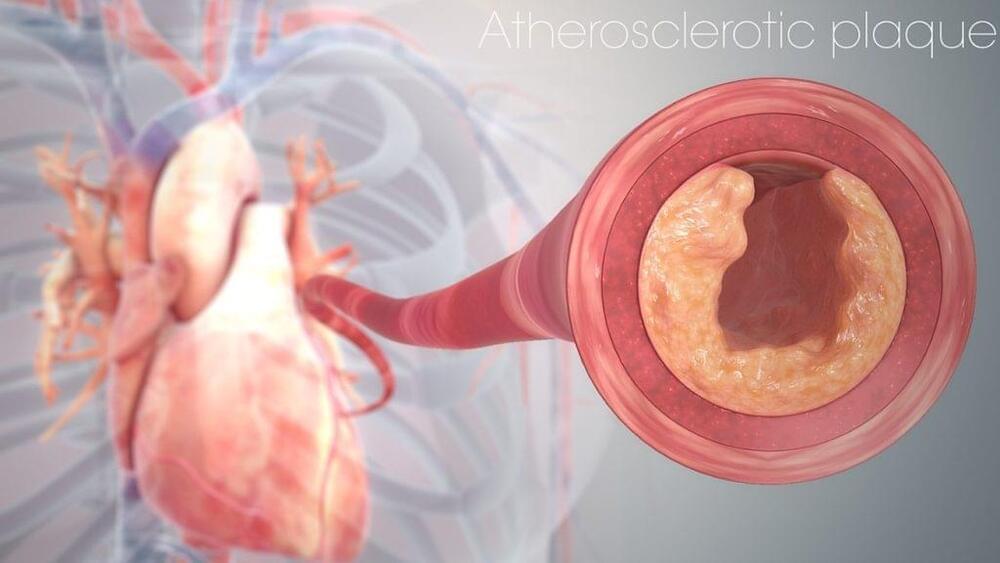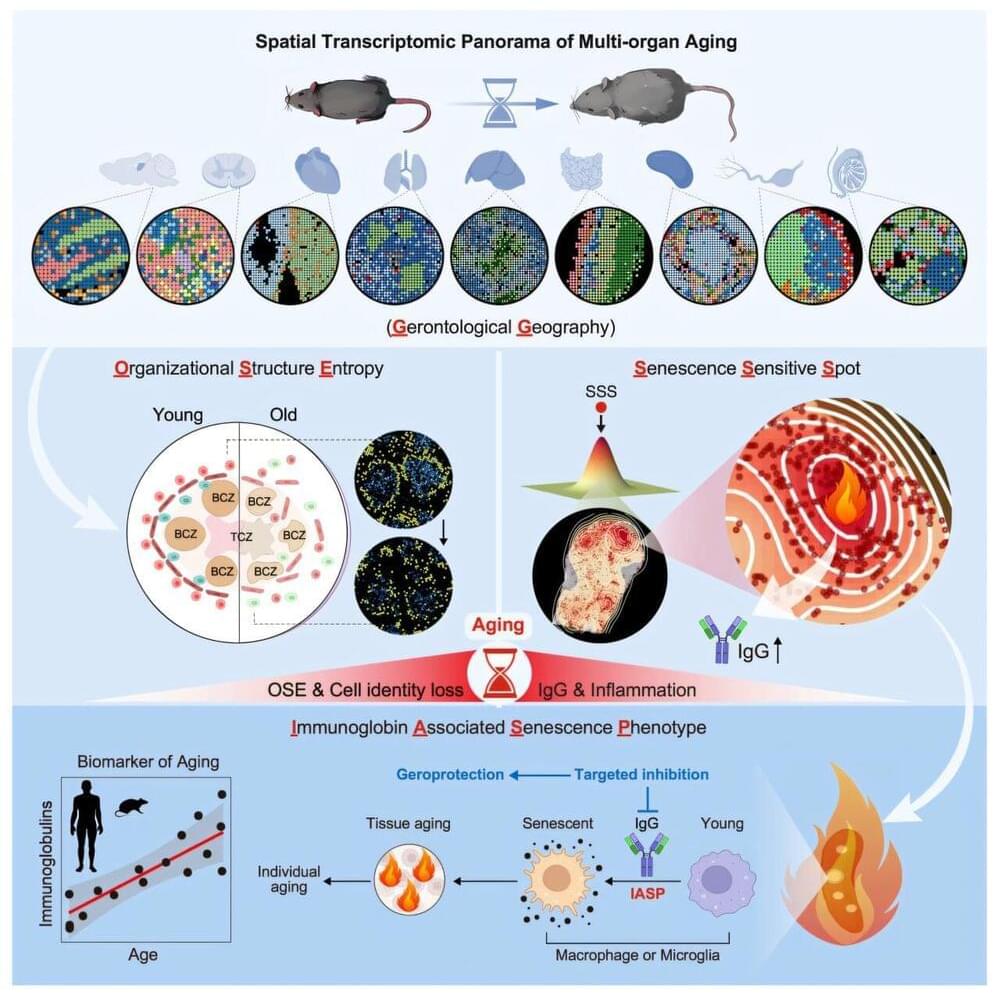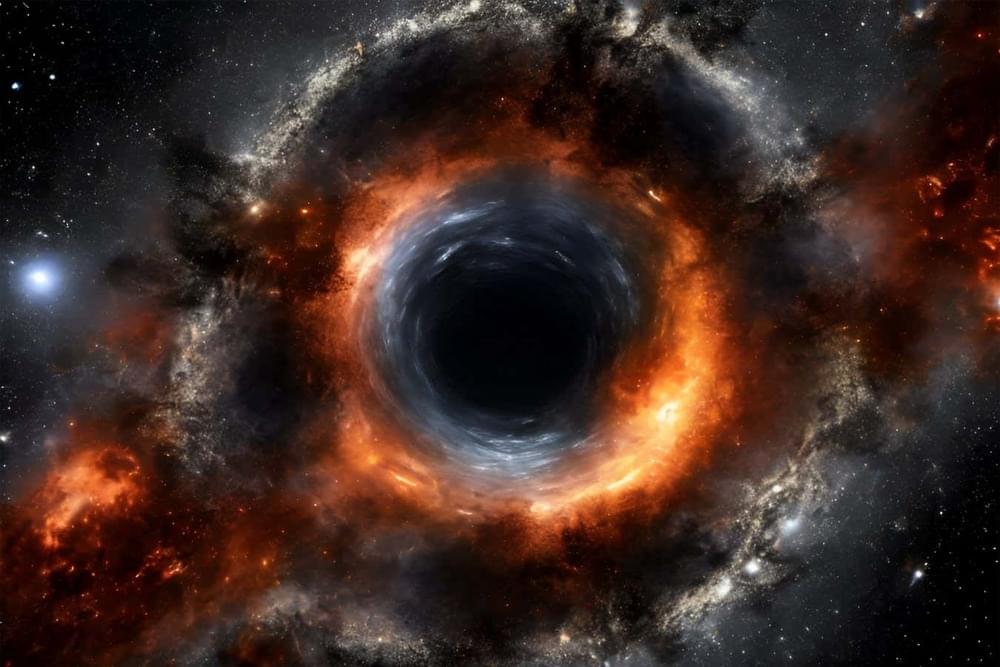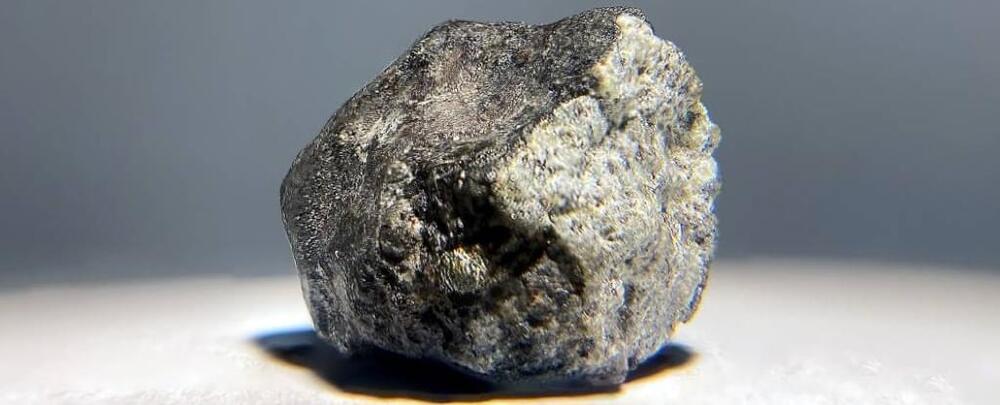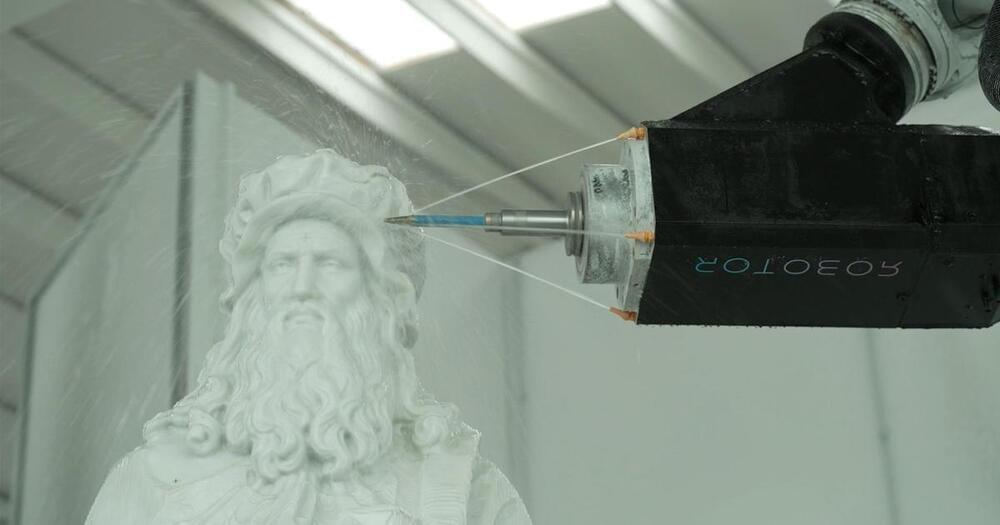The technology is designed to treat the condition atrial fibrillation, or irregular heart rhythm. This is in a way that carries a lower risk of complications and shorter anaesthesia time (when compared to traditional treatment).
The new technology took eighteen years to develop. In recent months, pulsed field ablation has been approved by the U.S. Food and Drug Administration (FDA) and the acceptance marks a milestone in heart treatment.
The process involves the use of microsecond-scale, high-voltage electrical fields to cause irreversible electroporation and destabilization of cell membranes, according to the New England Journal of Medicine.
